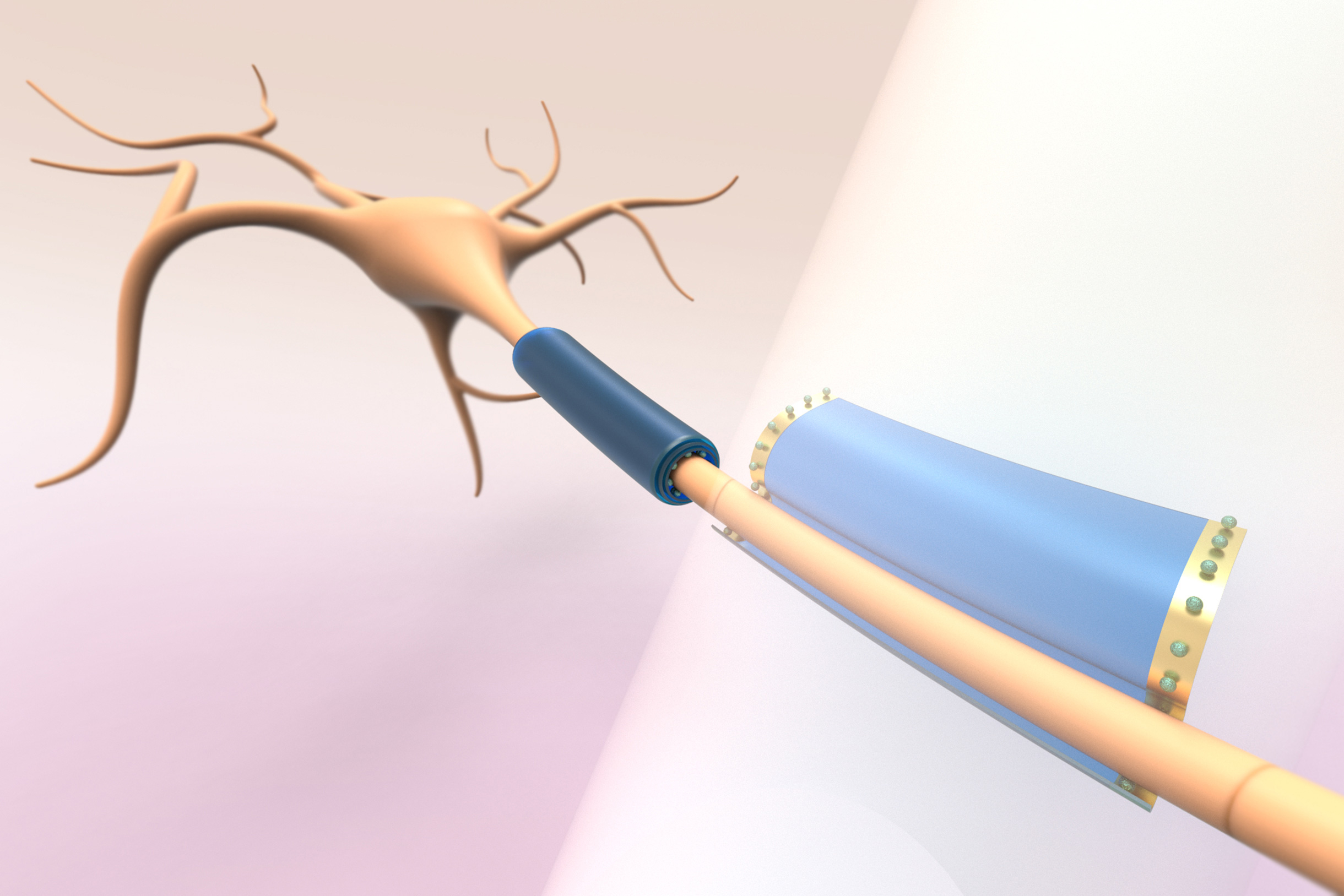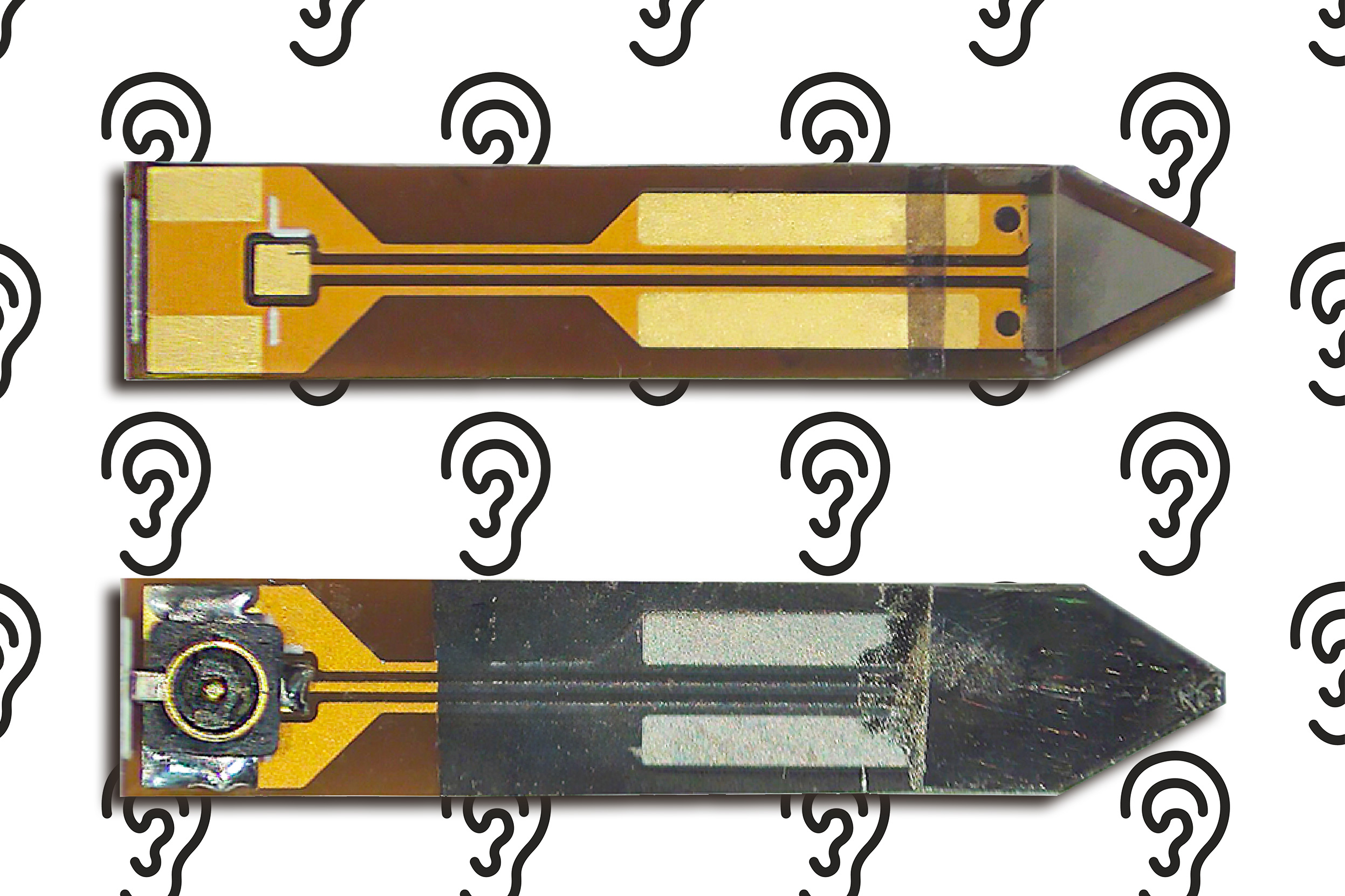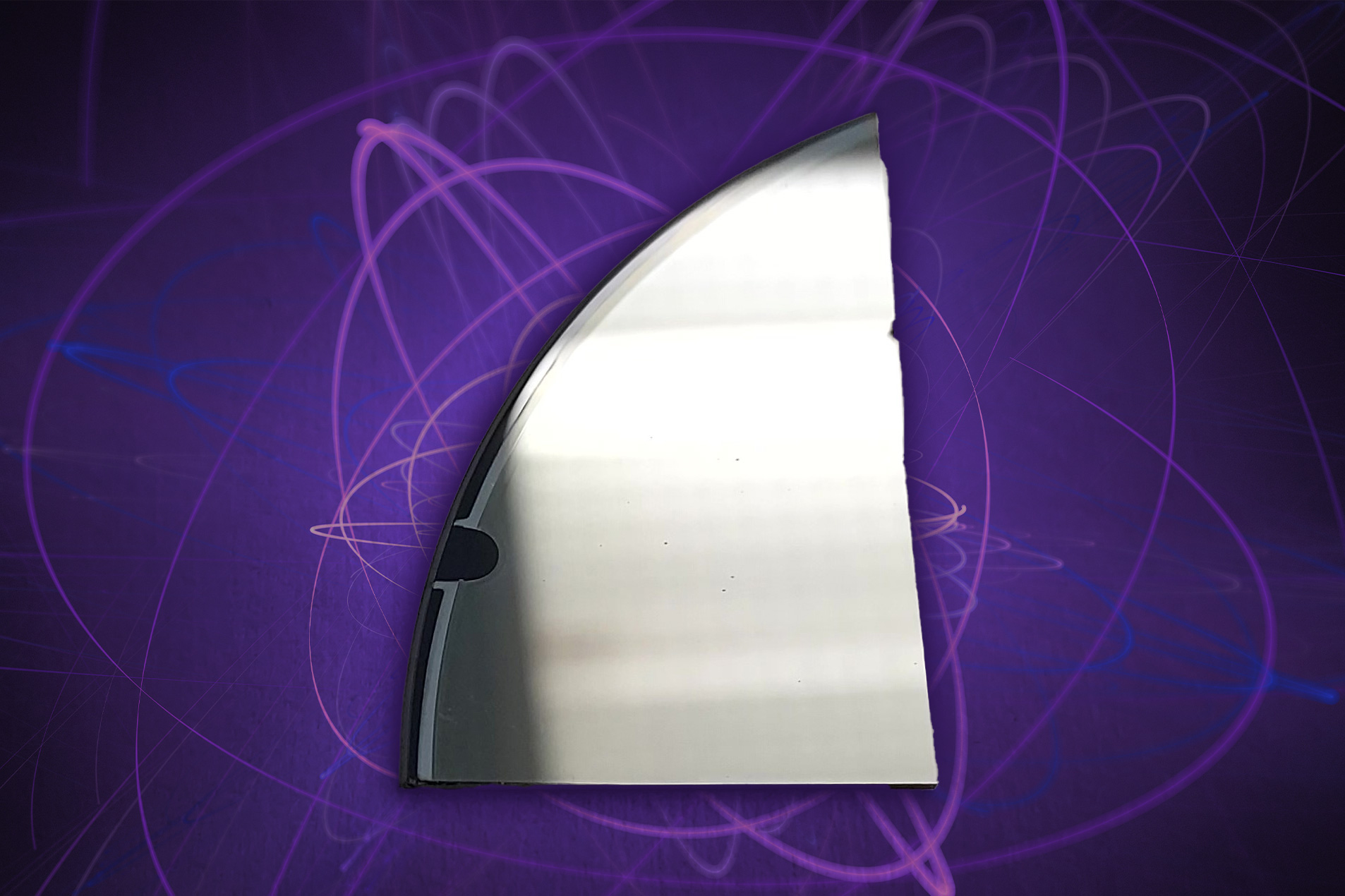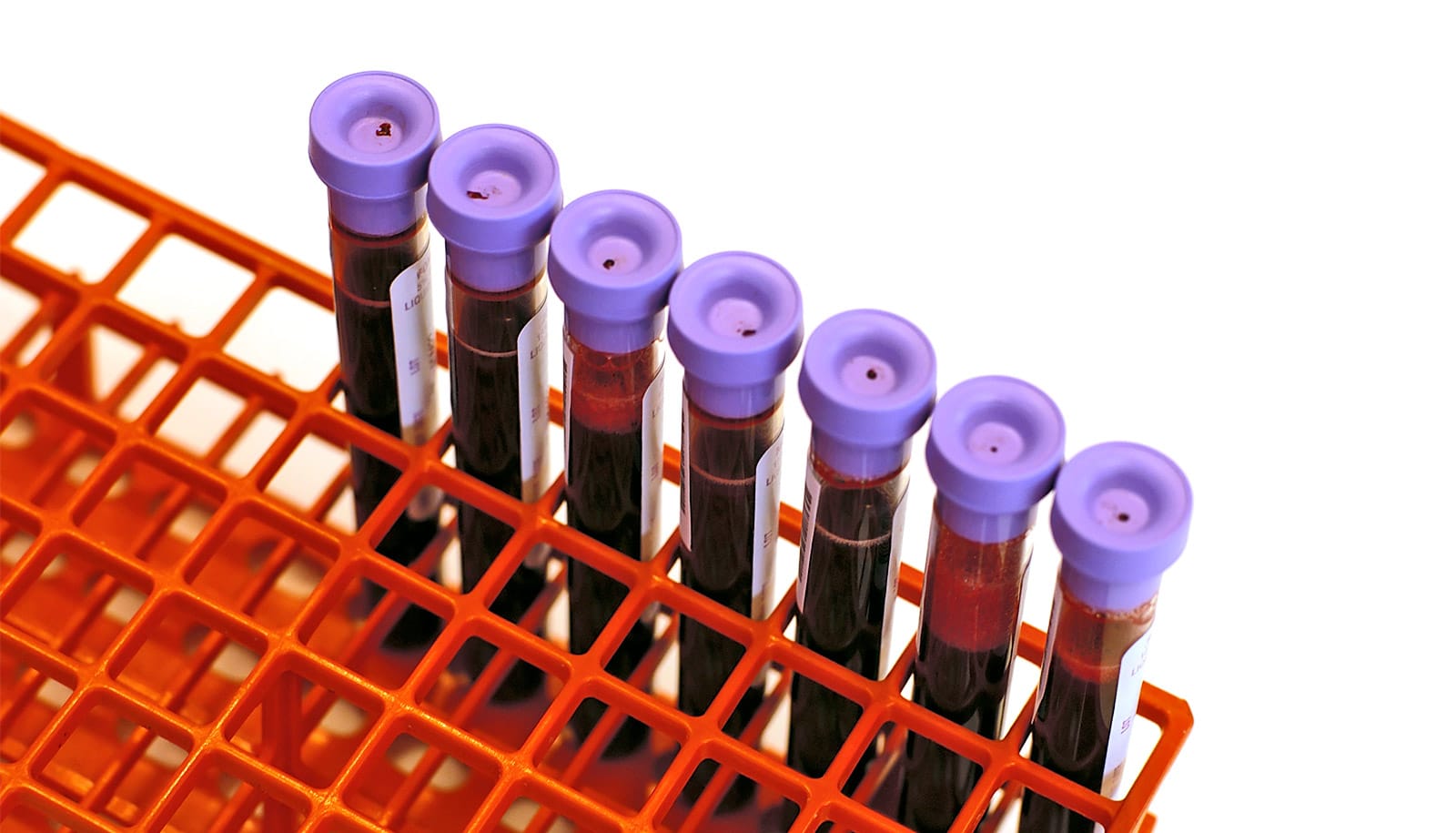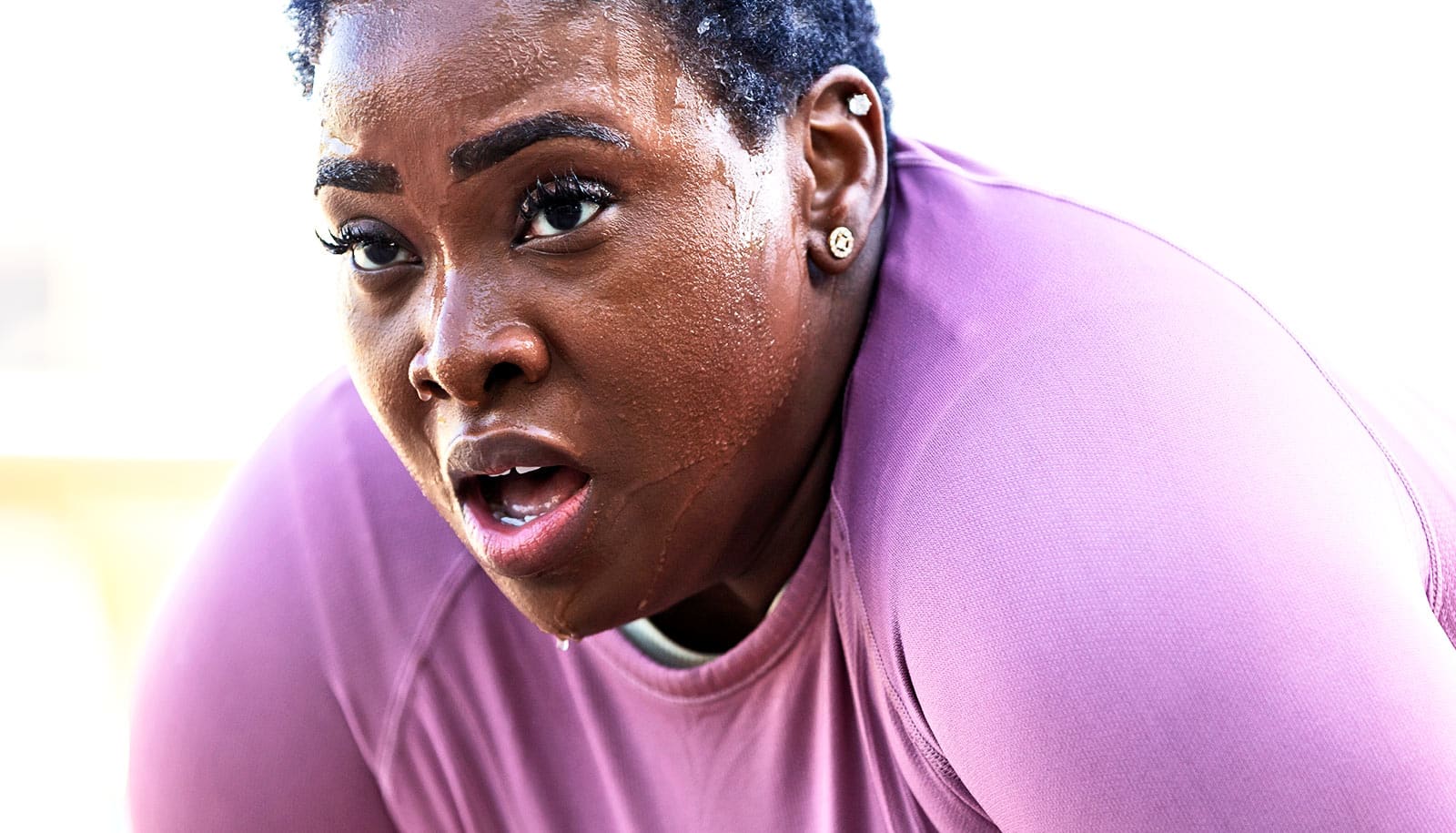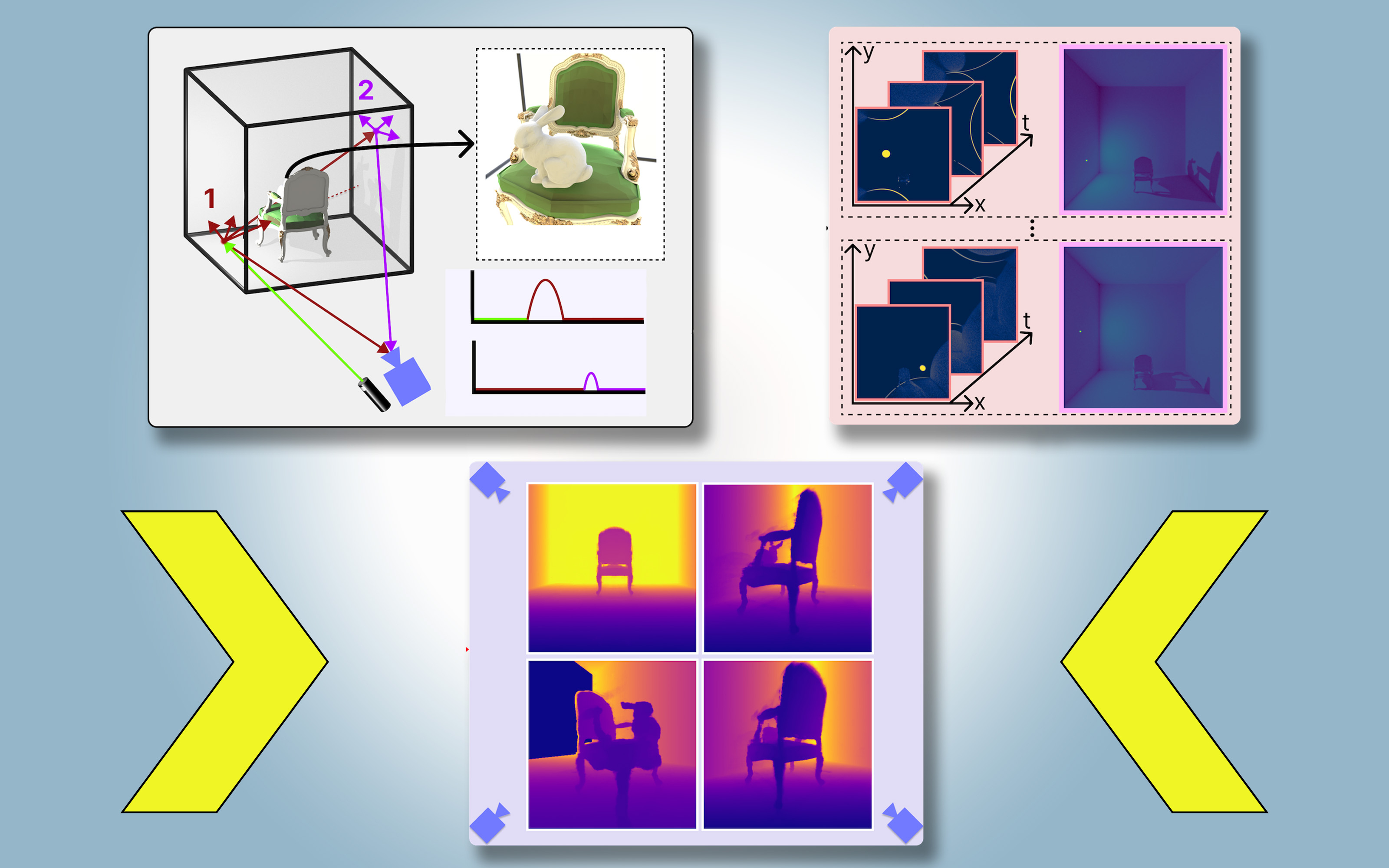Interactive mouthpiece opens new opportunities for health data, assistive technology, and hands-free interactions
“MouthIO” is an in-mouth device that users can digitally design and 3D print with integrated sensors and actuators to capture health data and interact with a computer or phone.
Alex Shipps | MIT CSAIL •
mit
Oct. 28, 2024 • ~7 min
Oct. 28, 2024 • ~7 min
/
38

